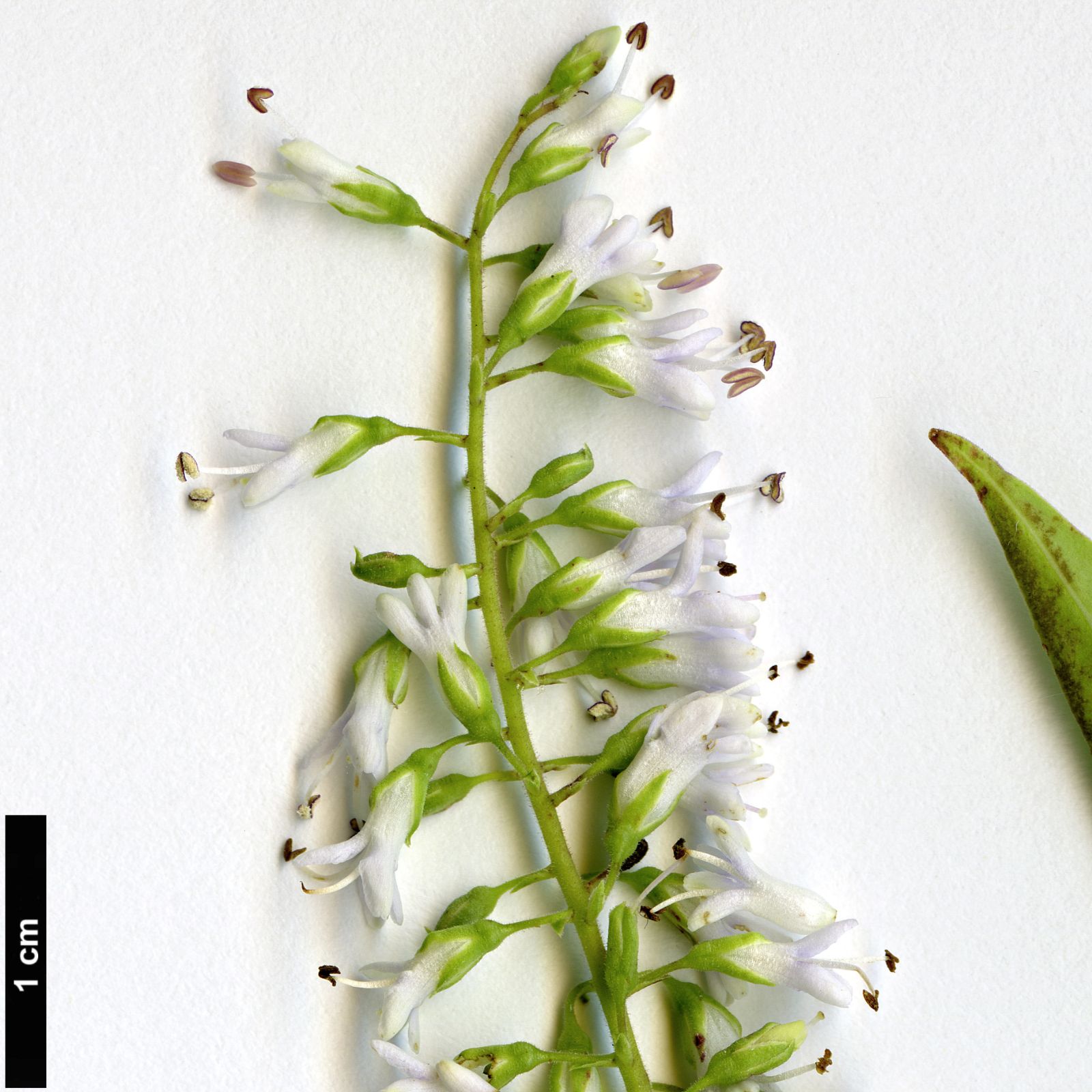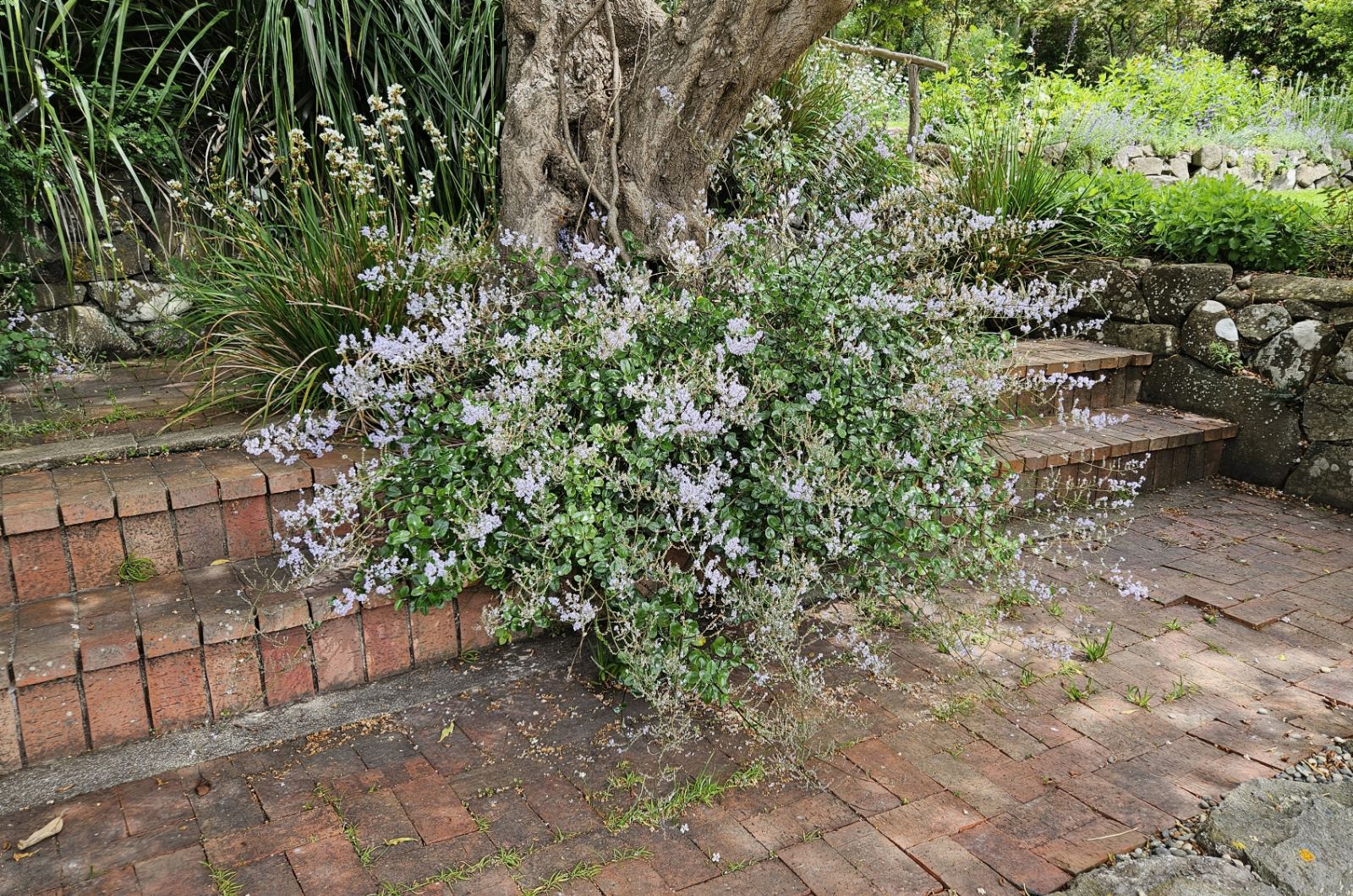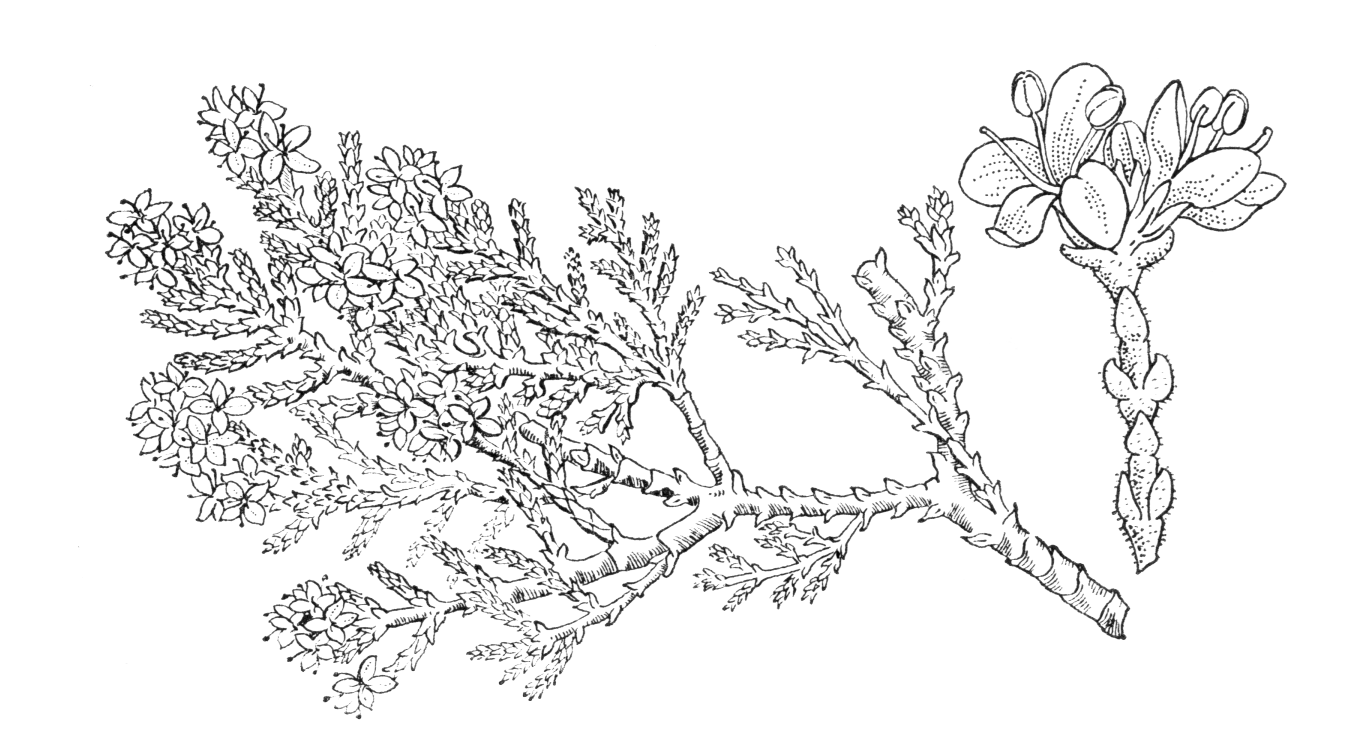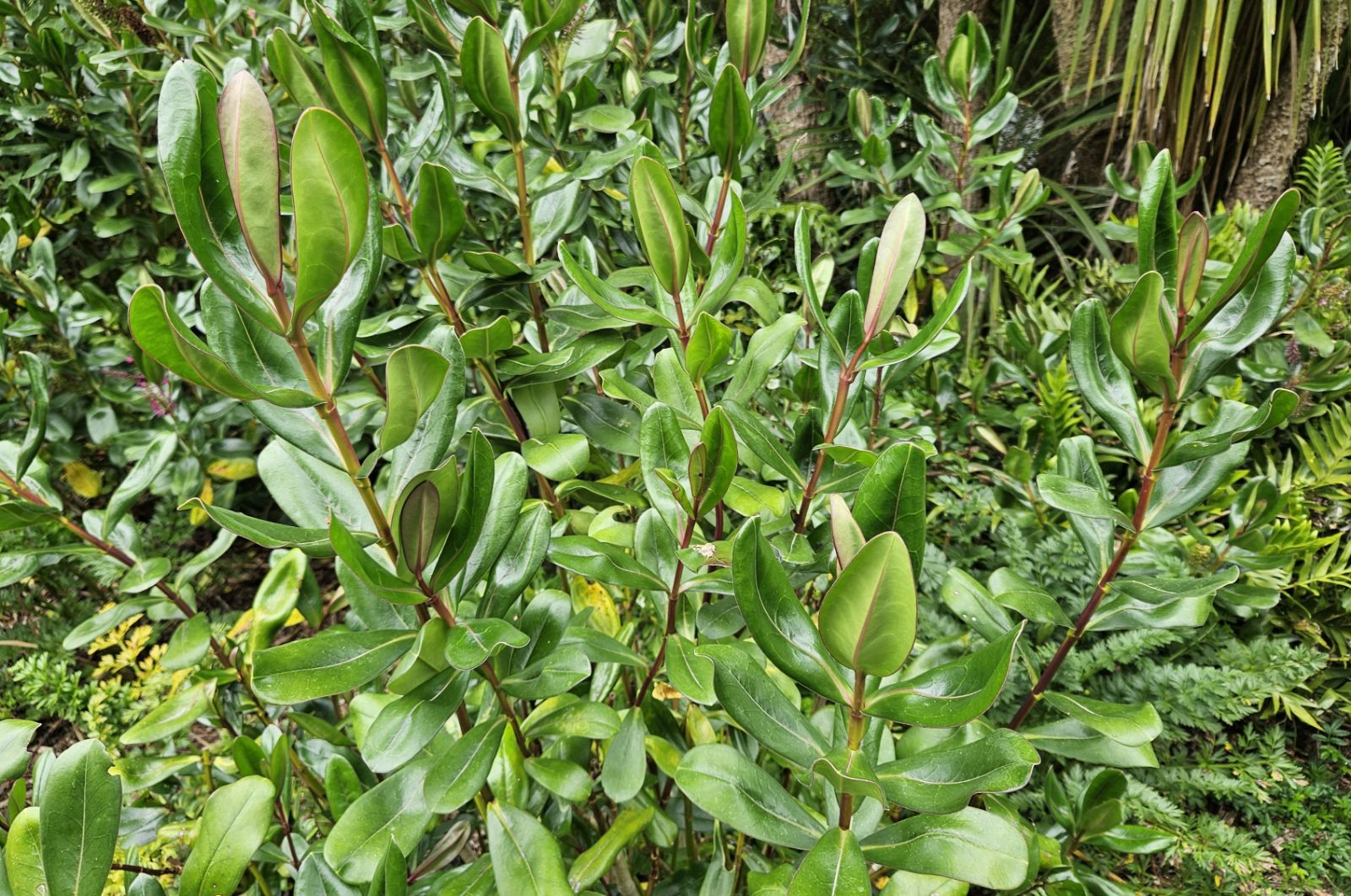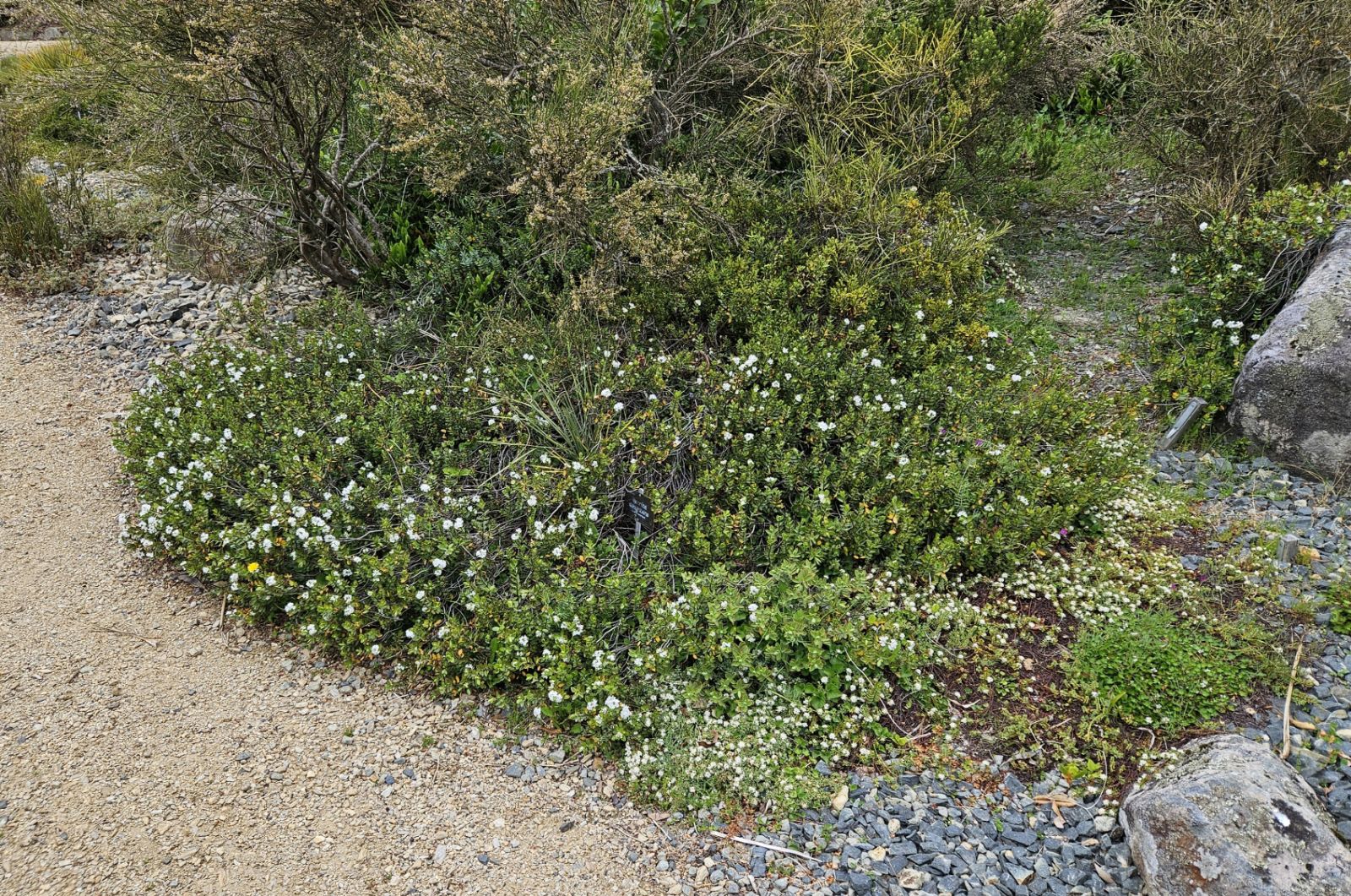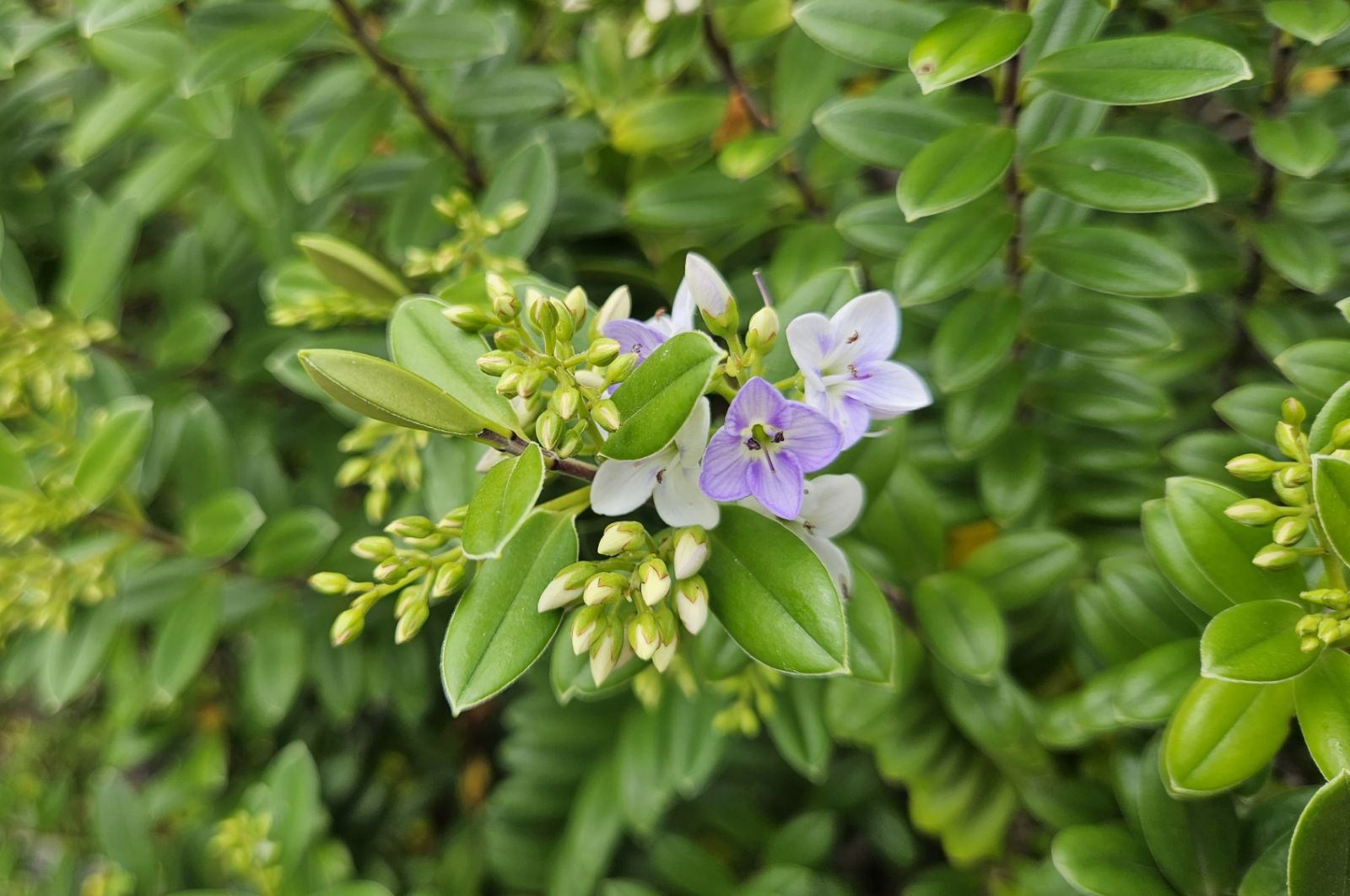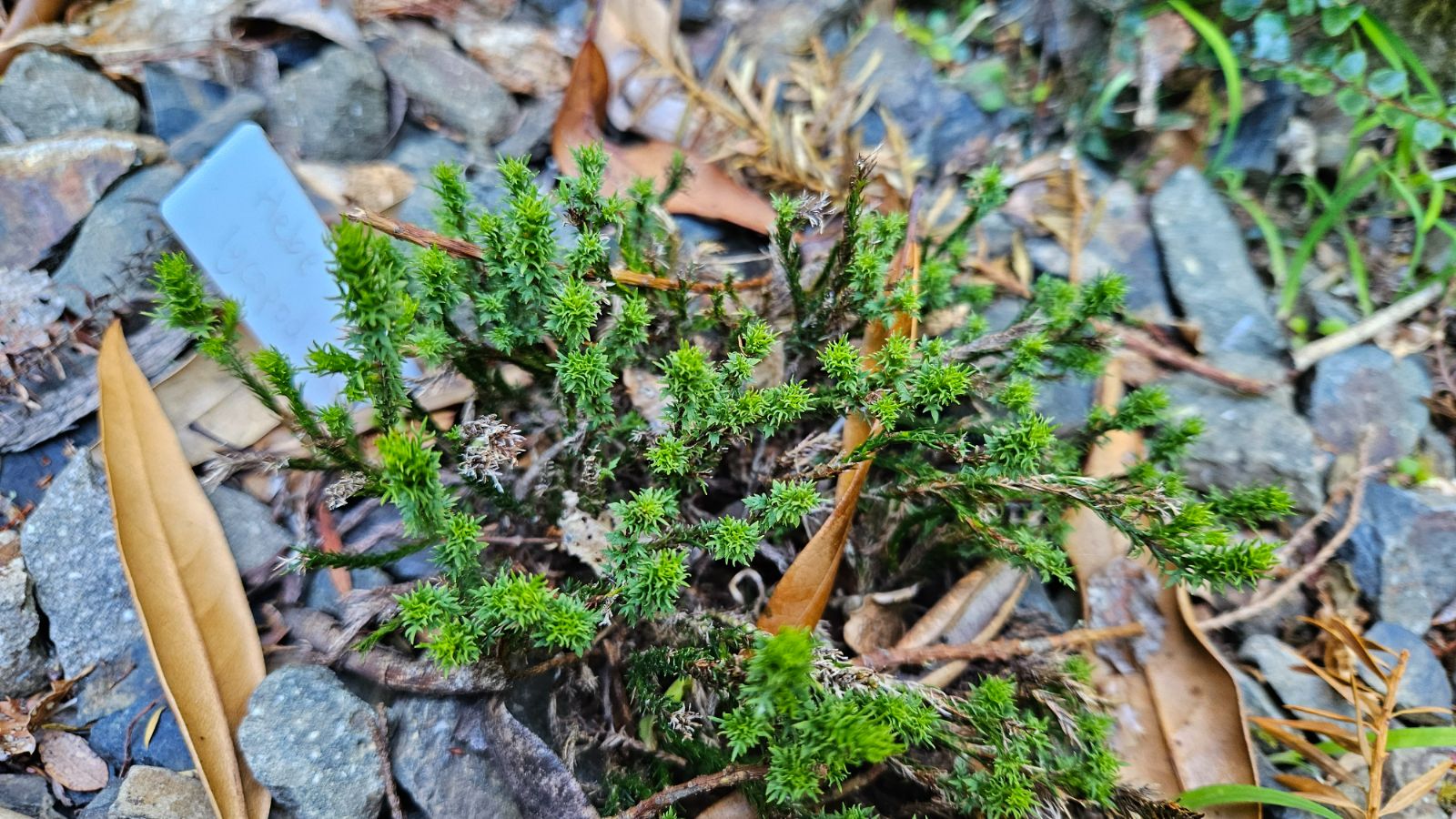Hebe
Credits
Article from Bean's Trees and Shrubs Hardy in the British Isles
Recommended citation
'Hebe' from the website Trees and Shrubs Online (treesandshrubsonline.
Family
- Scrophulariaceae
Common Names
- Shrubby Veronica
Species in genus
- Hebe amplexicaulis
- Hebe anomala
- Hebe armstrongii
- Hebe brachysiphon
- Hebe buchananii
- Hebe buxifolia
- Hebe canterburiensis
- Hebe carnosula
- Hebe chathamica
- Hebe colensoi
- Hebe cupressoides
- Hebe decumbens
- Hebe dieffenbachii
- Hebe diosmifolia
- Hebe elliptica
- Hebe epacridea
- Hebe × franciscana
- Hebe gibbsii
- Hebe gigantea
- Hebe glaucophylla
- Hebe gracillima
- Hebe hectoris
- Hebe hulkeana
- Hebe leiophylla
- Hebe ligustrifolia
- Hebe loganioides
- Hebe lycopodioides
- Hebe macrantha
- Hebe macrocarpa
- Hebe matthewsii
- Hebe ochracea
- Hebe parviflora
- Hebe pimeleoides
- Hebe pinguifolia
- Hebe propinqua
- Hebe rakaiensis
- Hebe recurva
- Hebe rigidula
- Hebe salicifolia
- Hebe speciosa
- Hebe stricta
- Hebe tetrasticha
A genus of about 100 species of evergreen shrubs or small trees, the great majority of them confined to New Zealand. Two species – H. elliptica and H. salicifolia – occur in southern S. America as well as in New Zealand, and the former is also native in the Falkland Islands. About seven Australian species have also been referred to Hebe. Leaves opposite, usually stout or leathery, usually superposed in four vertical rows, but in a few species the leaves are tiny and scale-like and often also closely imbricated. The older parts of the stems are conspicuously ringed with the scars of fallen leaves. No specialised resting bud is formed, but in most of the larger-leaved species the uppermost visible pair of leaves, whether the plant is in growth or not, is held erect and encloses the younger leaves. These two leaves are pressed tightly together, and in some species their margins are in contact right to the junction with the stem. But in others the margins diverge from each other at the base, forming a leaf-bud sinus of characteristic shape – a window, as it were, through which the stem can be seen. Much use is made of the presence or absence of this leaf-bud sinus in the treatment of Hebe in Flora of New Zealand, Vol. 1 (1961), and the excellent key in that work cannot be used without an understanding of this character.
The flowers in Hebe are arranged in simple or branched racemes or spikes which are axillary in most species but truly terminal in the ‘whipcord’ group and in H. hulkeana and its allies; in some species terminal spikes may be formed in addition to the axillary ones. The calyx is four-lobed. The corolla consists of a tubular base expanding at the mouth into four more or less spreading lobes. Stamens two, their filaments attached to the top of the corolla-tube. Seed-vessel a capsule which in most species is dorsally compressed, i.e., flattened as if by pressure acting from the subtending bract towards the stem. But in H. macrantha, H. cuppressoides, and in the ‘semi-whipcords’ (H. tetrasticha and its allies) it is laterally compressed.
The genus Hebe is closely allied to Veronica, a genus of herbs mainly confined to the northern hemisphere and, though long included in it, is treated as distinct in all modern works. A few New Zealand species, of which the best known are V. cattaractae and V. lyallii, were retained in Veronica even by botanists who recognised the genus Hebe. This group has now been separated from both genera under the name Parahebe (q.v.).
In his Manual of the Flora of New Zealand (ed. 1, p. 491) Cheeseman wrote as follows about the difficulties with which this genus confronts the taxonomist: ‘Many of the species are singularly protean in habit, foliage, and inflorescence… . Intermediate forms are numerous, connecting species that would otherwise appear most distinct, and in not a few cases these intermediates blend so freely into one another that an apparently continuous series of forms is produced, while several species hybridise so readily in cultivation that the supposition at once arises that natural hybrids may also occur.’ It is now generally agreed that the occurrence of hybrid swarms in large measure explains the amazing polymorphy of the New Zealand hebes, and it is scarcely surprising that many garden plants grown under this or that specific name do not really fit well under any described species.
There is no monographic study of the genus, but an excellent, critical treatment by Lucy Moore and Margot Ashwin will be found in Allan’s Flora of New Zealand, Vol. 1 (1961). This has been of great assistance in preparing the much revised account of the species in this edition.
The New Zealand hebes are of the easiest cultivation, provided the climate is not too severe for them. They can be very readily increased by means of young-wood cuttings, and thrive best in a light, well-drained soil, and will probably prove hardier in one which is on the poor side. None has any dislike for chalky soil, so far as is known.
For the garden hybrids, see the special section starting on p. 348.
From the Supplement (Vol.V)
There is an excellent account of species and hybrids grown in New Zealand gardens in L. J. Metcalf, The Cultivation of New Zealand Trees and Shrubs, pp. 108–41 (1972). For information on recent introductions from the wild by Graham Hutchins we are indebted to his booklet Hebe and Parahebe, published by The County Park Nursery, Hornchurch, Essex (1979).

